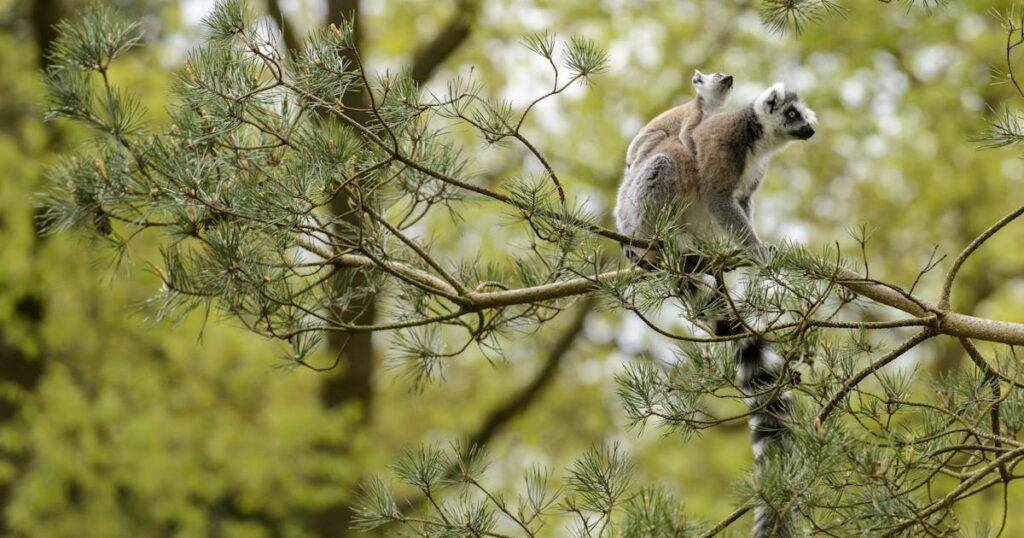Climate, biodiversity fight gets $5B shot in the arm
3 min read
The fight to stop climate change and biodiversity loss just got a major boost.
In an announcement today at New York Climate Week, nine philanthropic organizations — including the Betty and Gordon Moore Foundation, Nia Tero and the Bezos Earth Fund — pledged US$ 5 billion over the next decade to support the creation and expansion of protected areas, sustainable management of the world’s oceans and Indigenous-led conservation. Called the Protecting Our Planet Challenge, this effort marks the largest ever private funding commitment to biodiversity conservation.
“Preventing runaway climate change and avoiding the extinction crisis will require the greatest mobilization of resources in human history,” said M. Sanjayan, CEO of Conservation International, which was not involved in the announcement. “Governments, corporations, Indigenous peoples and local communities, and NGOs all have a key role to play, and today’s US$ 5 billion commitment by the Protecting Our Planet Challenge is a much-needed start — and a sign that momentum is on our side.”
This funding will support the global goal to protect 30 percent of the planet by 2030 — a target informally known as the “30 by 30” initiative, which has been adopted by more than 50 countries.
According to a recent UN report, there is no time to waste: Global warming will almost certainly surpass 1.5 degrees Celsius (2.7 degrees Fahrenheit) within the next 20 years unless countries act more quickly to reduce greenhouse gas emissions and protect nature on a much larger scale, the report found.
“This is the decisive decade for tackling climate change, and protecting the lands and waters that serve as our life support system is an imperative in that fight,” said Andrew Steer, president and CEO of the Bezos Earth Fund, in a statement.
Protecting nature could also help prevent future pandemics, according to recent research co-authored by Conservation International scientists. The study found that reducing deforestation, restricting the global wildlife trade and monitoring the emergence of new viruses before they spread could help decrease the risk of future pandemics by 27 percent of more.
“This last year has made clear that natural systems are all connected — ecosystem health, climate health, human health — and by protecting and restoring 30 percent of the world’s land by 2030, we can safeguard our collective future,” Sanjayan said.
Currently, Conservation International experts are working to create a roadmap to help determine “who” — from farmers to foresters to consumers — must be empowered to do “what” and “where” to conserve the world’s ecosystems. One key aspect of the roadmap is protecting the world’s “irrecoverable carbon” — that is, vast stores of carbon that, if lost, could not be restored by 2050. Mostly locked away in mangroves, peatlands, forests and marshes, this carbon is equivalent to 15 times the global fossil fuel emissions released in 2020.
The Protecting Our Planet Challenge could play a crucial role in protecting the world’s irrecoverable carbon reserves, Sanjayan added.
“Conservation International looks forward to partnering with these nine organizations, and working with Indigenous peoples and local communities, to protect our planet’s irreplaceable reservoirs of carbon and biodiversity.”
Kiley Price is the staff writer and news editor at Conservation International. Want to read more stories like this? Sign up for email updates. Donate to Conservation International.
Cover image: Ring-tailed lemur with a baby ring-tailed lemur on its back sitting high up in a tree, Madagascar (© Sjoerd van der Wal)





